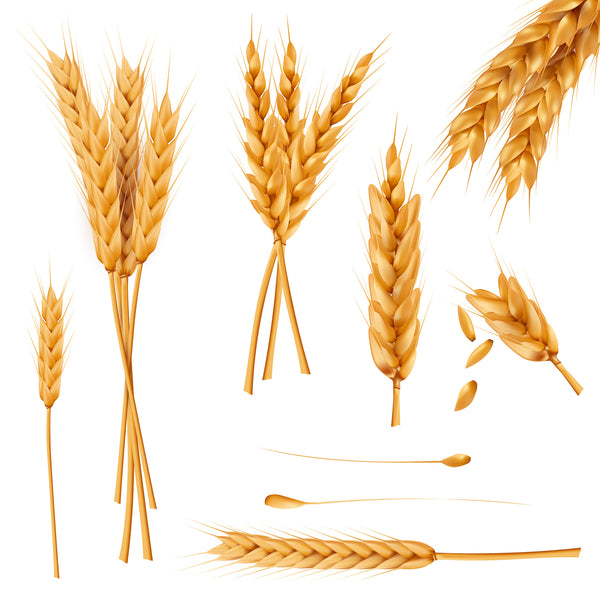Whole Grain Wheat
Whole grain wheat is a nutrient-rich food that consists of all three parts of the wheat kernel: the bran, germ, and endosperm. Each part contributes specific nutrients and benefits:
Reviews (0)
Components of Whole Grain Wheat
-
Bran
- Outer layer rich in fiber, B vitamins, antioxidants, and trace minerals like iron, zinc, copper, and magnesium.
-
Germ
- Inner core that contains healthy fats, vitamin E, B vitamins, and phytonutrients.
-
Endosperm
- Middle layer providing carbohydrates, protein, and small amounts of vitamins and minerals.
Nutritional Profile
- Macronutrients: High in carbohydrates, moderate in protein, low in fat.
- Micronutrients: Rich in B vitamins (thiamine, niacin, riboflavin), magnesium, phosphorus, iron, and selenium.
- Dietary Fiber: Soluble and insoluble fibers that support digestion.
- Phytonutrients: Includes antioxidants that protect against oxidative stress.
Health Benefits
-
Digestive Health
- High fiber content promotes regular bowel movements and gut health.
-
Heart Health
- Reduces cholesterol levels and helps lower blood pressure.
-
Weight Management
- Fiber increases satiety, reducing overall calorie intake.
-
Diabetes Management
- Slows glucose absorption, helping regulate blood sugar levels.
-
Reduced Risk of Chronic Diseases
- Associated with lower risks of heart disease, type 2 diabetes, and certain cancers.
Common Uses
-
Baking
- Whole wheat flour is used for bread, cookies, cakes, and muffins.
-
Breakfast Foods
- Includes whole wheat cereals, pancakes, and waffles.
-
Pasta and Noodles
- Whole wheat varieties offer a healthier alternative to refined options.
-
Snacks
- Whole wheat crackers, granola bars, and tortillas.
-
Cooking
- Used in soups, stews, and casseroles as a thickening agent or base.
-
Salads
- Wheat berries (unprocessed whole wheat kernels) are often added to salads.
-
Beverages
- Wheatgrass juice, made from the sprouted germ of whole wheat, is rich in nutrients.
Tips for Incorporation
- Substitute refined grains with whole wheat in recipes.
- Combine with other grains or seeds for variety.
- Store Properly: Keep whole wheat products in a cool, dry place or refrigerate to extend shelf life.
Whole grain wheat is a versatile, nutritious choice that supports overall health and is easily integrated into various diets.
